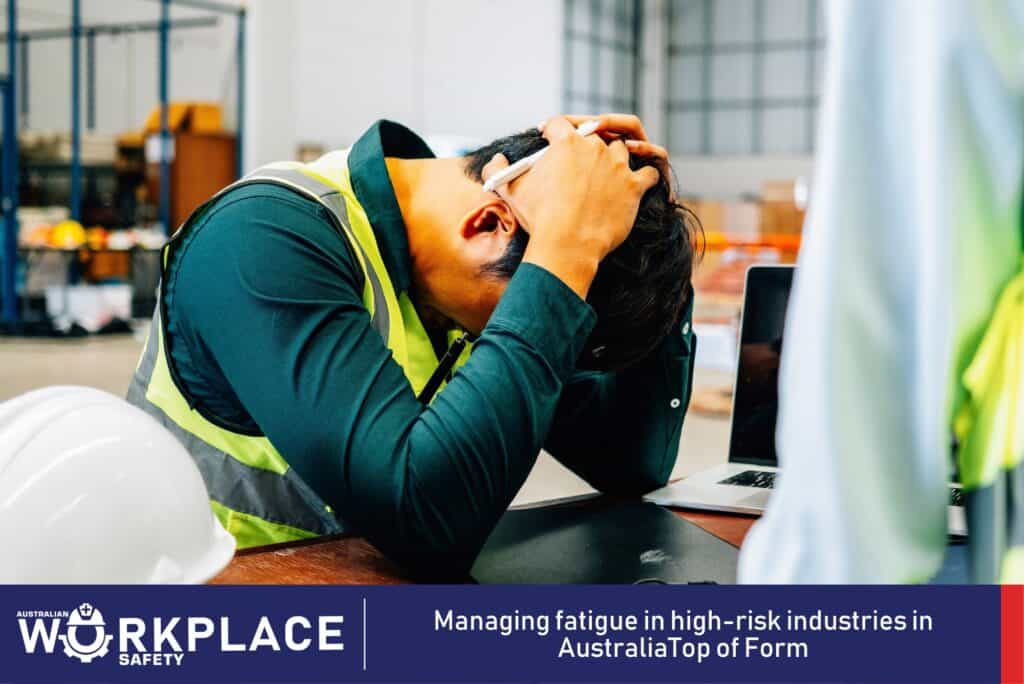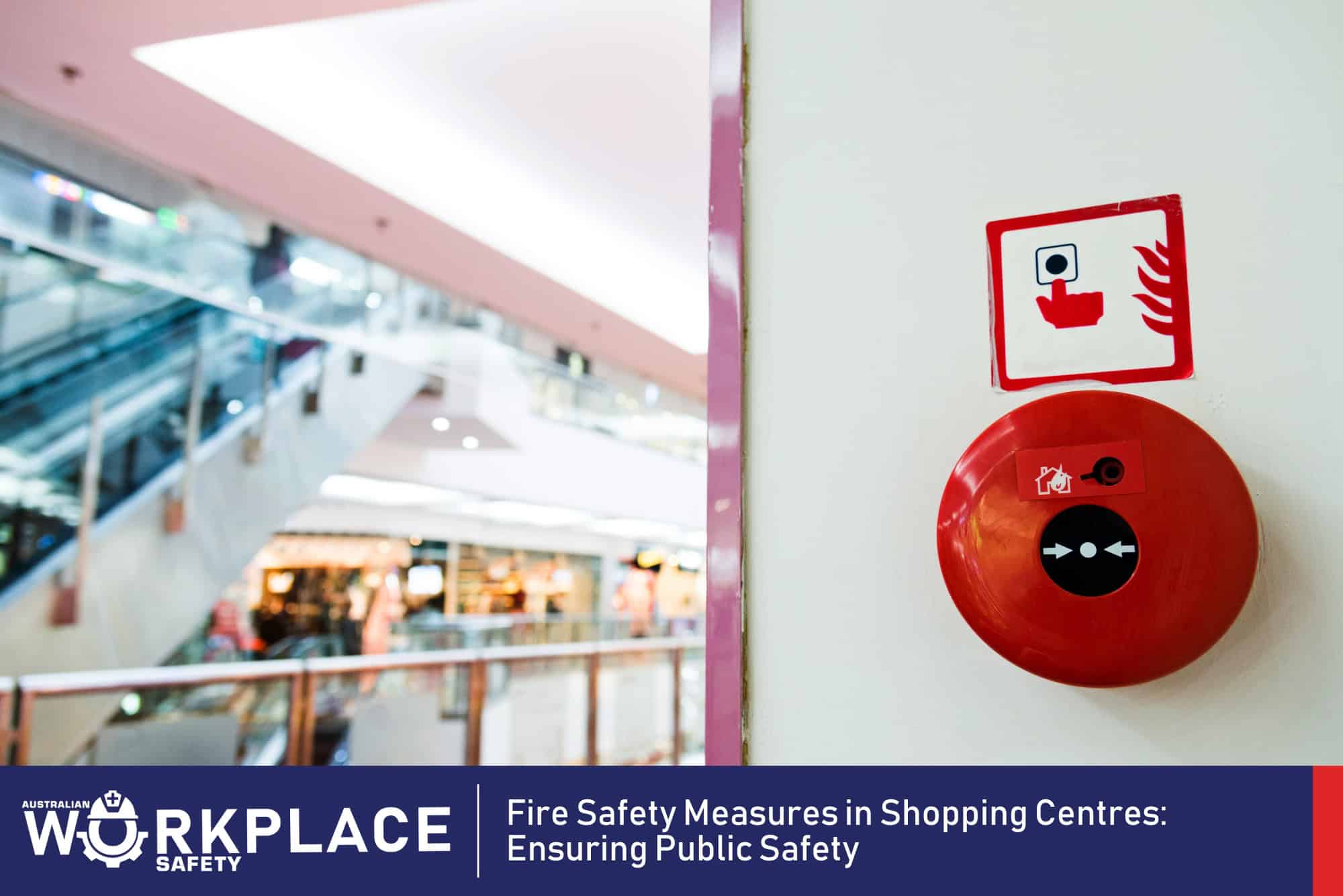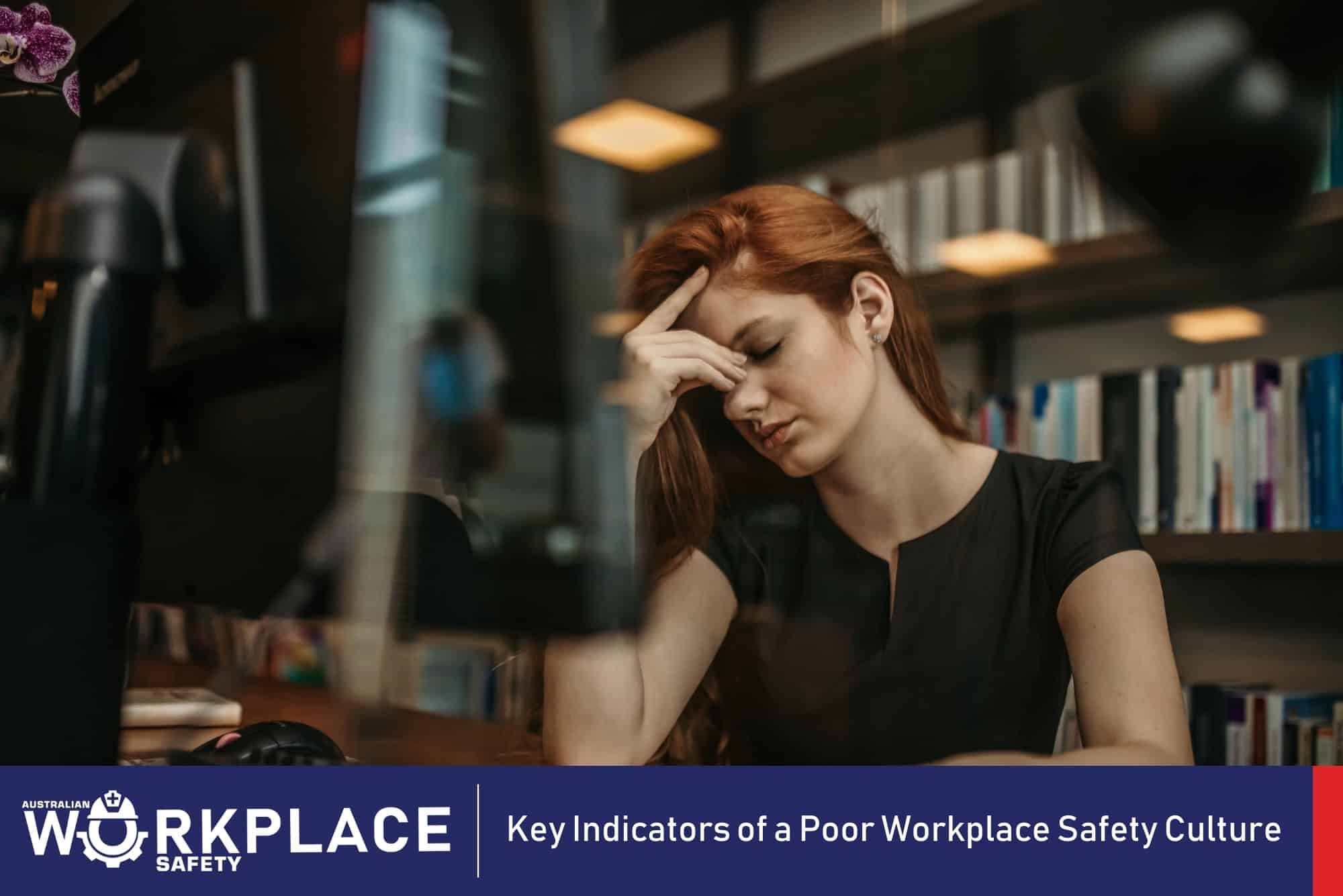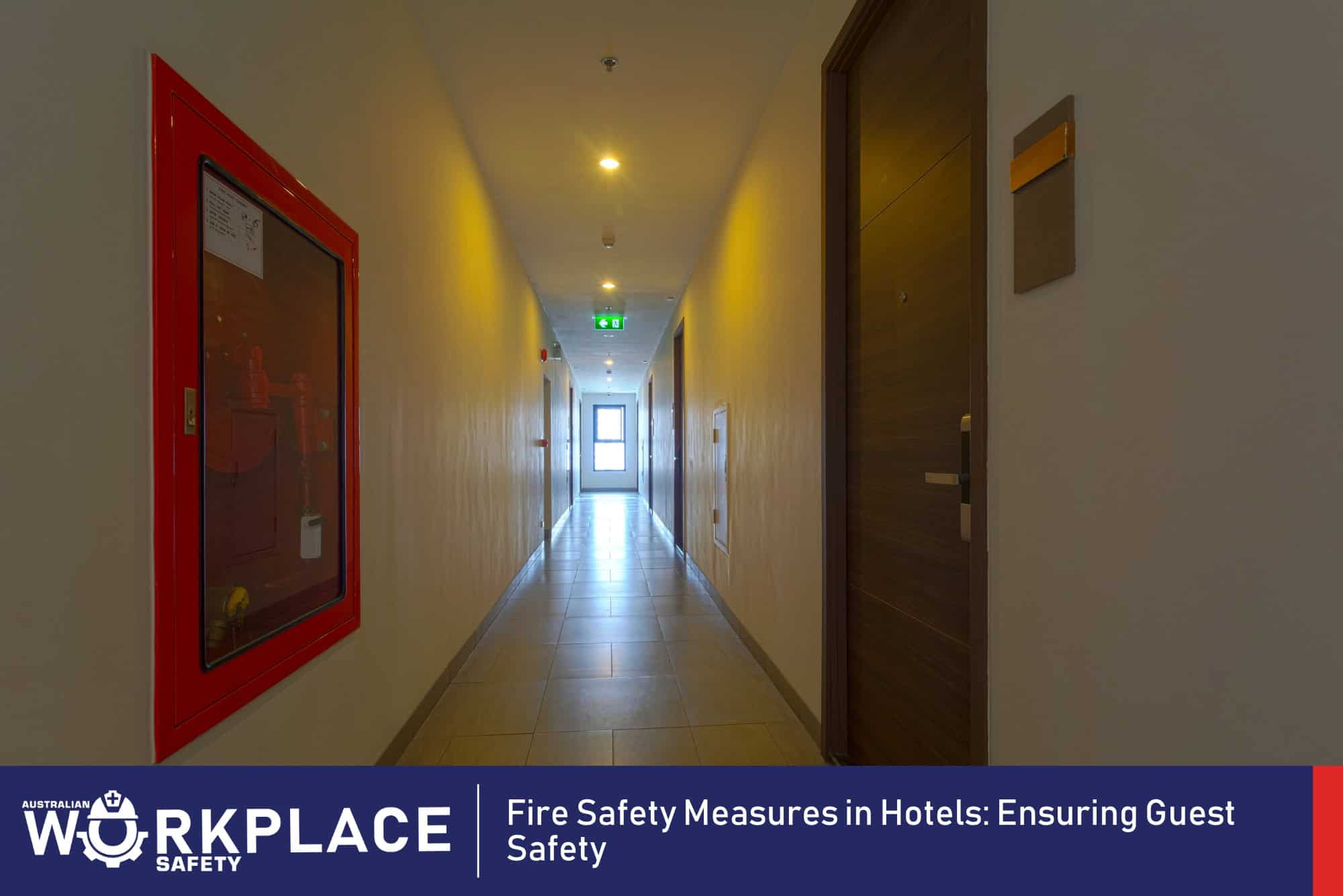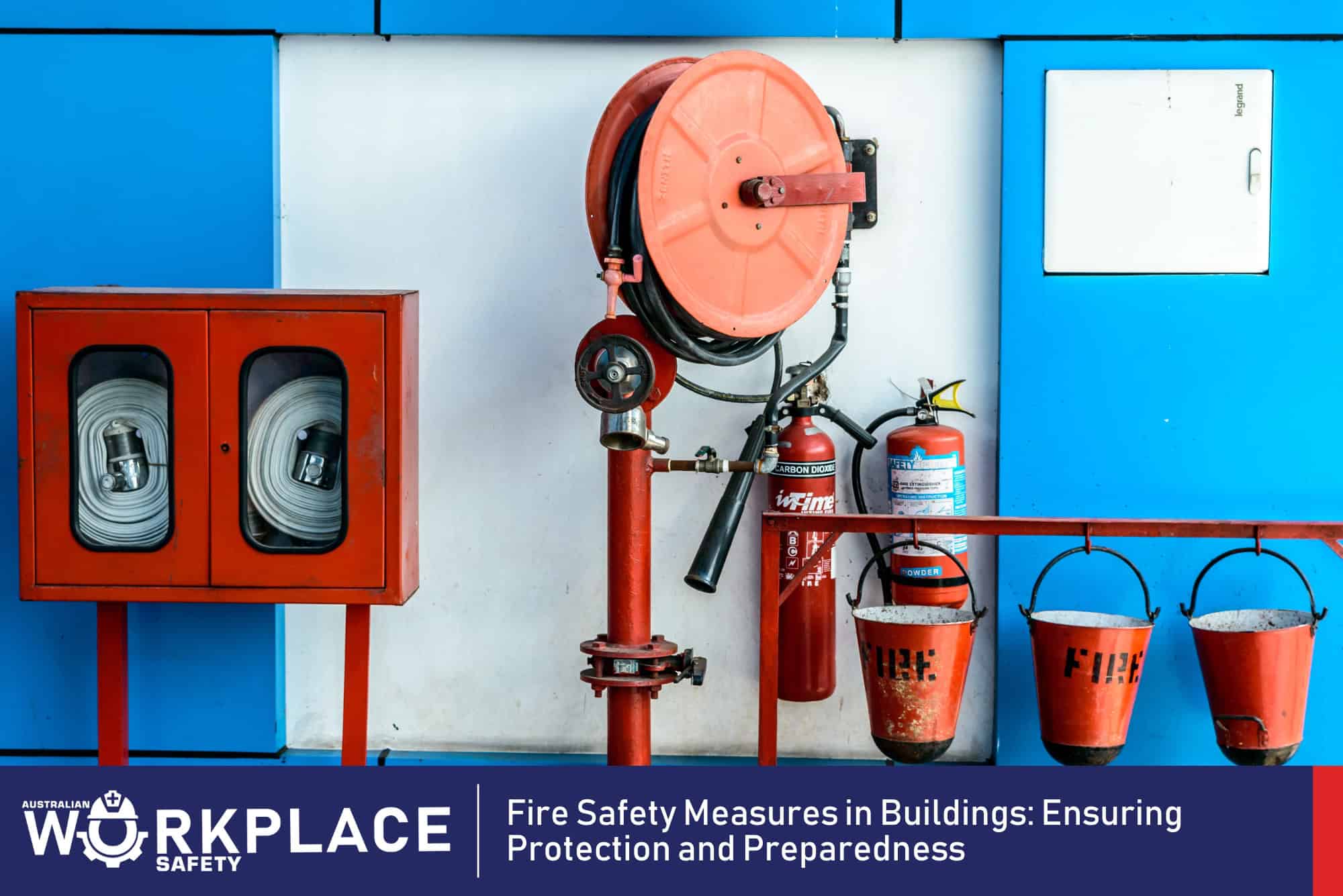Fatigue poses a significant risk in high-risk industries, such as transportation, healthcare, mining, and manufacturing. The consequences of fatigue-related incidents can be severe, including accidents, injuries, and even loss of life. Therefore, implementing effective fatigue management strategies is crucial to ensure the safety and well-being of employees in these industries. In this blog, we will explore the importance of managing fatigue and discuss key strategies for fatigue management in high-risk industries in Australia.
Understanding fatigue
Fatigue is a state of mental and physical exhaustion that impairs an individual’s ability to perform tasks effectively and safely. In high-risk industries, where precision, attention to detail, and quick decision-making are critical, managing fatigue becomes paramount. Fatigue can result from various factors, including long working hours, shift work, inadequate rest breaks, and poor sleep quality.
Legislation and standards
In Australia, there are specific legislative requirements and industry standards aimed at managing fatigue in high-risk industries. Employers have a legal obligation to provide a safe working environment and take necessary steps to prevent fatigue-related incidents. Industry-specific guidelines, such as the National Transport Commission’s Heavy Vehicle National Law and the Resources Safety Division’s Code of Practice for Fatigue Management in Western Australia, provide detailed recommendations for managing fatigue in their respective sectors.
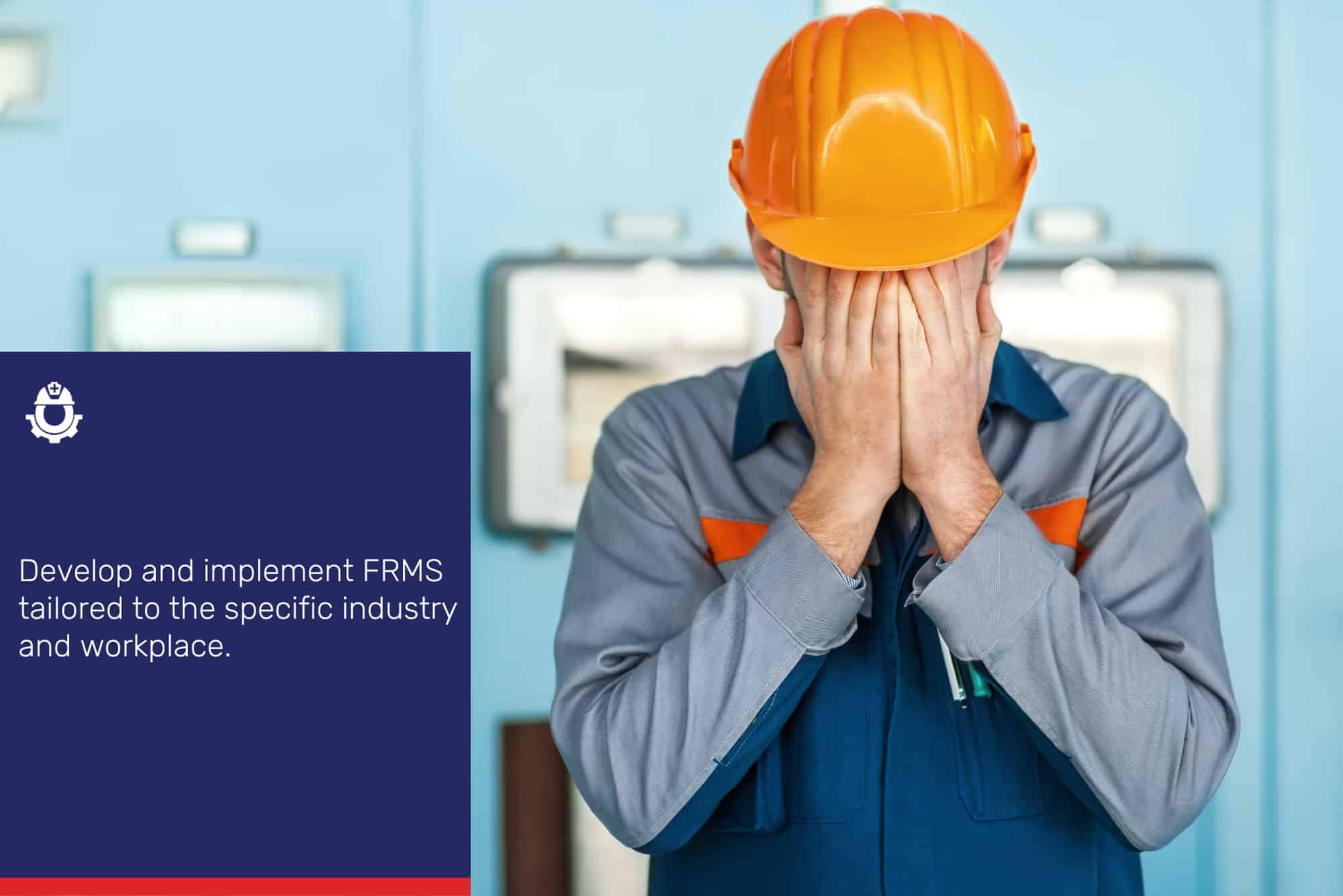
Key strategies for fatigue management
Implement Fatigue Risk Management Systems (FRMS):
Develop and implement FRMS tailored to the specific industry and workplace. These systems typically involve identifying fatigue hazards, assessing risks, implementing control measures, and regularly reviewing and improving the effectiveness of the system. FRMS should consider factors such as work schedules, shift length, and workload distribution.
Establish work schedules and rostering practices:
Design work schedules and rostering practices that prioritise adequate rest periods and promote circadian rhythm synchronisation. Consider factors such as shift duration, shift rotation, and the allocation of recovery days to minimise fatigue-related risks. Avoid quick shift turnovers and provide ample time for sleep and recovery between shifts.
Educate and train employees:
Provide comprehensive education and training programs on fatigue management. Educate employees about the effects of fatigue on performance and safety, as well as strategies to mitigate fatigue risks. Training should cover topics such as sleep, hygiene, nutrition, stress management, and recognising early signs of fatigue.
Promote healthy sleep habits:
Encourage employees to prioritise sleep and maintain healthy sleep habits. Provide information on the importance of consistent sleep schedules, creating a sleep-conducive environment, and adopting relaxation techniques to improve sleep quality. Implement strategies to minimise disruptions during sleep hours, such as limiting shift changes and reducing noise levels.
Monitor and assess fatigue levels:
Implement methods to monitor and assess fatigue levels in employees. This can include self-reporting tools, fatigue risk assessment questionnaires, or wearable technology that measures vital signs and sleep patterns. Regularly review and analyse data to identify trends and areas of concern and take appropriate action to manage fatigue risks.
Encourage breaks and rest periods:
Promote the importance of regular breaks and rest periods during work shifts. Encourage employees to take short breaks and engage in activities that help rejuvenate and refresh their minds and bodies. Provide comfortable break areas that facilitate relaxation and encourage employees to fully utilise their rest periods.
Foster a culture of fatigue management:
Create a workplace culture that values and prioritises fatigue management. Encourage open communication where employees feel comfortable reporting fatigue-related concerns. Implement reporting systems for near-miss incidents or close calls related to fatigue. Recognise and reward employees who demonstrate responsible fatigue management practices.
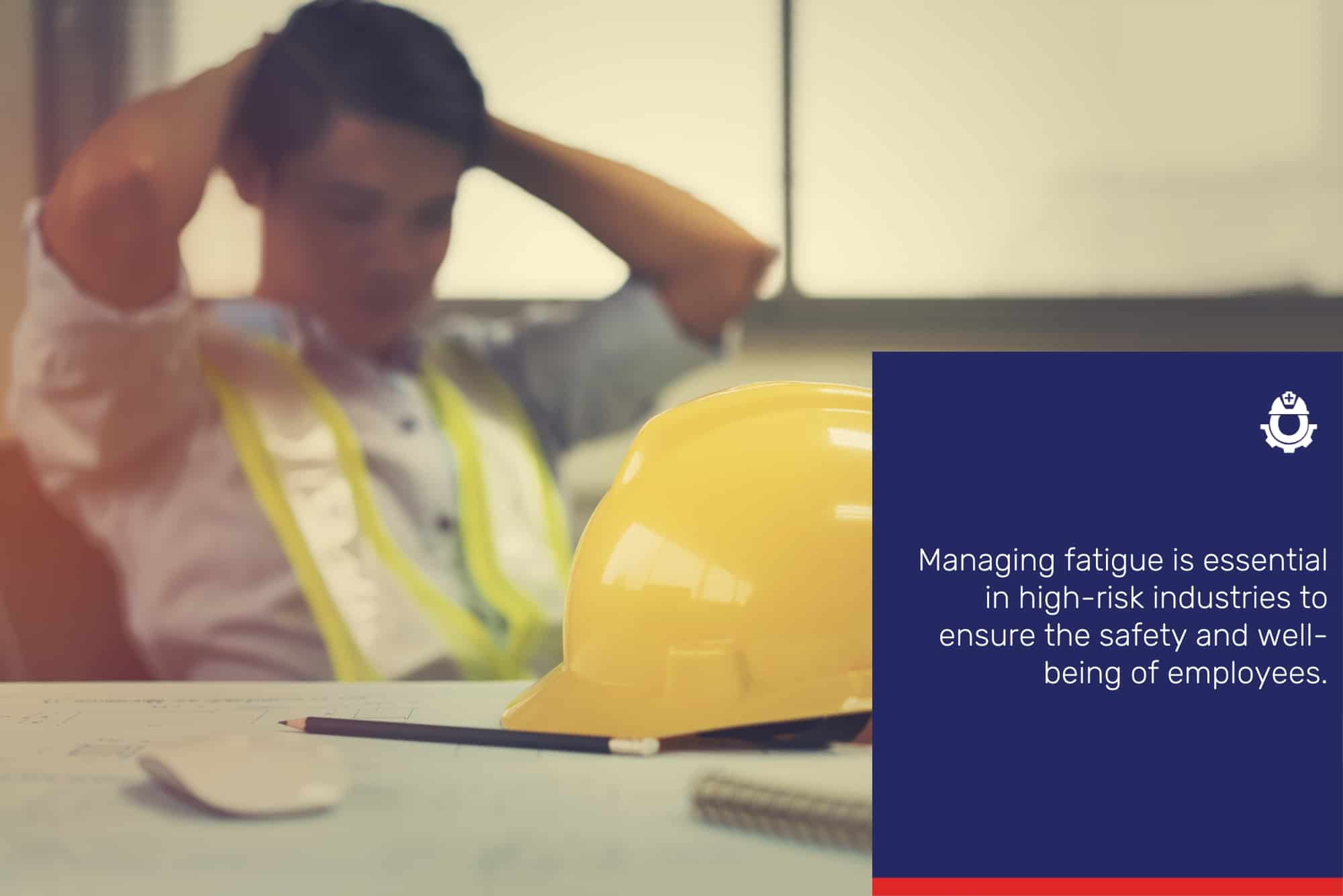
High risk industries need to ensure safety
Managing fatigue is essential in high-risk industries to ensure the safety and well-being of employees. By implementing effective fatigue management strategies, such as establishing FRMS, promoting healthy sleep habits, and fostering a culture of fatigue management, organisations can mitigate the risks associated with fatigue and create a safer work environment. Compliance with relevant legislation, industry standards, and continuous monitoring and improvement are crucial in managing fatigue effectively in high-risk industries in Australia. Remember, preventing fatigue-related incidents is a collective responsibility that requires the commitment and active participation of employers and employees alike.
Disclaimer: The information provided in this blog is intended for general informational purposes only. The safety practices outlined are based on general principles and may not address specific workplace conditions or legal requirements. It is important for employers and employees to consult with relevant occupational health and safety authorities, legal professionals, and industry-specific guidelines to ensure compliance with applicable laws and regulations. Every workplace is unique, and safety practices should be tailored to specific circumstances and risks. The author and publisher of this blog are not liable for any damages or losses that may arise from the use or implementation of the information provided.
